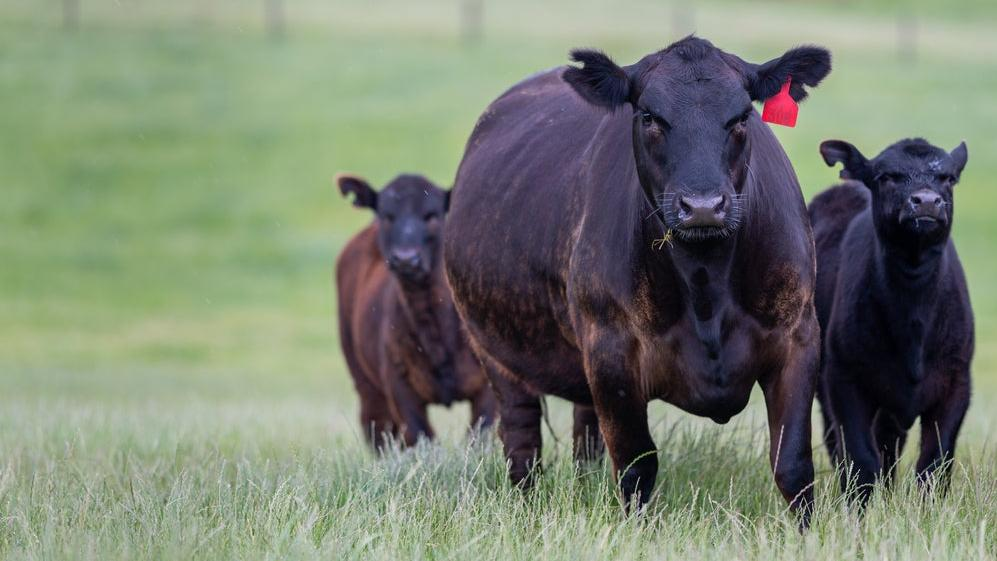Why Freaky-Looking Naked Cattle Are The Future Of Burgers
Climate change is coming for the beef industry. Enter genetically modified "slick" cattle.
Unless you've spent the last decade in a soundproof bunker, you know that the beef industry is a major driver of climate change. There's really no way around that fact. Of course, we can't blame the cattle themselves; they're just doin' their thing, fartin' around until they meet their untimely end. They're also harder to raise in a world with rapidly rising temperatures, which is why the FDA just approved the use of genetically modified beef cattle. The cattle are bred to have a "slick-hair coat" that makes them more resistant to heat—and also makes them look like giant naked mole rats. Nude cows: perhaps the strangest side effect of climate change yet.
What are “slick” cattle?
Cattle with "slick-hair coats," otherwise known as "slick" cattle, were originally found on the Caribbean island of St. Croix. The animals had genetically evolved to the island's tropical savanna climate, which is often oppressively hot. Today, the cattle sport a thin, "slick" coat, as well as an increased capacity for sweating that helps regulate their body temperature.
For decades, U.S. researchers have explored potential outcomes of breeding for the specific slick-coat gene. Now, the FDA has officially determined that these genetically altered cattle can be used for meat without safety concerns. Meat from the gene-edited animals will likely hit the market soon. In a press release, the agency announced that meat products from slick cattle will be available for purchase by general consumers in as little as two years.
What does this mean for beef consumers? For now, not much. The FDA confirms that "the food from the cattle is the same as food from conventionally bred cattle that have the same slick-hair trait," meaning you won't notice a difference in the meat. But it is chilling to think that farmers across North America are working to cultivate animals originally evolved to survive in a tropical savanna climate. That climate's coming for us all, it seems.
Finally, this development does present a question: How else will animal agriculture shift to accommodate higher global temperatures? What's next—naked chickens?
